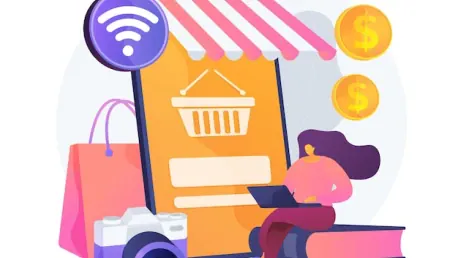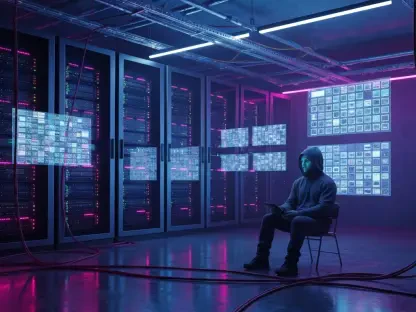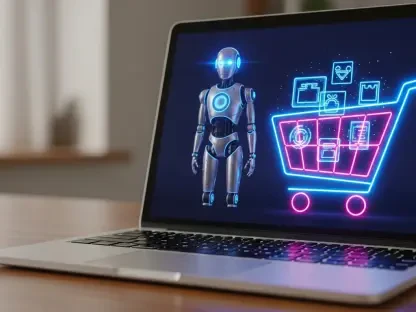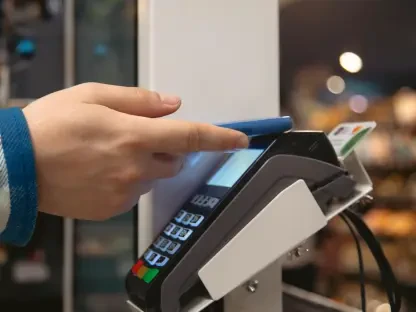In this conversation, we delve into the challenges faced by retailers in terms of connectivity and how it impacts their operations. Zainab Hussain, an e-commerce strategist, shares her insights on these issues as revealed in Ericsson’s latest “Sector in Focus: Connecting Retail” report.
What was the primary focus of Ericsson’s “Sector in Focus: Connecting Retail” report?
The main goal of Ericsson’s report was to highlight the challenges retailers face with their network and IT infrastructure. It stressed the significant impact that connectivity has on retailers’ ability to launch new technology-based services and maintain a consistent customer experience across various store locations.
How many technology decision-makers were surveyed for the report?
Ericsson’s report surveyed 500 technology decision-makers.
What were the main frustrations identified by retailers when launching new technology-based services in stores?
Retailers have found networking and IT to be the biggest hurdles, surpassing budget and staffing issues. These aspects cause significant delays and complications when integrating new technologies into their operations.
How are fixed broadband issues posing a challenge to retailers?
The physical fragility of fiber cables and the lack of fiber in certain areas make fixed broadband a significant barrier. Issues like network outages and the complexity of upgrading fiber installations complicate the deployment of consistent in-store services.
What impact have connectivity issues had on large retailers, especially at remote branch locations?
Connectivity problems have led to many large retailers scaling down services at remote locations. These issues also cause inconsistent customer experiences and contribute to lost revenue.
Despite connectivity issues, how are retailers currently using connectivity to enhance customer experience and security?
Retailers have been leveraging in-store Wi-Fi for personalized marketing and adopting IoT for dynamic digital signage. AI is also being used to optimize pricing strategies and manage inventory.
Can you provide an example of a retailer that successfully addressed connectivity issues?
T-Mobile utilized Ericsson’s cellular broadband technology and Cradlepoint cellular adapters to ensure 100% uptime at its stores. This strategy avoided the need for costly and complex fiber installations, maintaining continuous support for their digital services.
What findings did the survey reveal about investments in security measures and their effectiveness?
Despite investing heavily in security tools like CCTV, retailers still face substantial losses from customer theft. The effectiveness of these measures often falls short due to inadequate real-time data sharing capabilities, underlining the need for better connectivity infrastructure.
Looking to the future, what does Ericsson suggest retailers need to focus on to stay competitive and adaptable?
Retailers must enhance their network infrastructures to support advanced technologies like AI and IoT. Implementing AI can help reduce workforce pressure and increase efficiency, while dynamic pricing strategies driven by AI can boost revenue.
What is your forecast for the future of connectivity in retail?
Retailers will need to transition from traditional wired connections to cellular networks to meet their growing digital demands. Cellular networks offer the necessary flexibility, resilience, and security needed to maintain a consistent customer experience across all store locations, essentially becoming crucial for survival in a tech-driven market.









